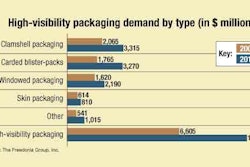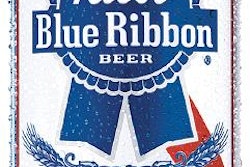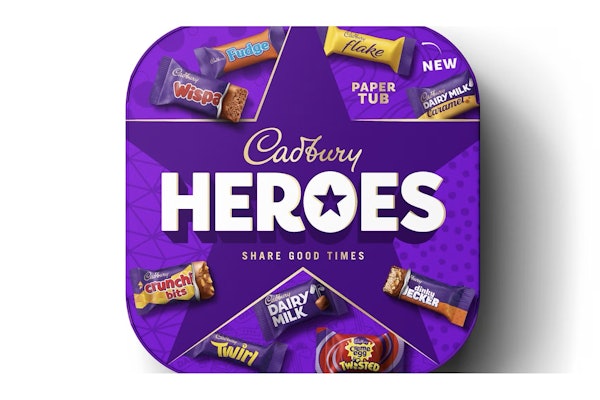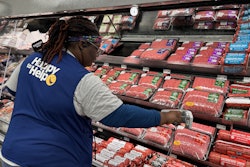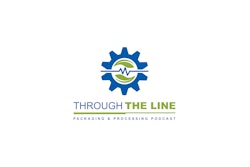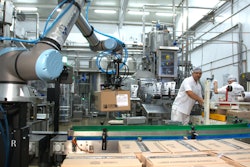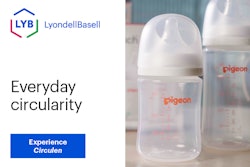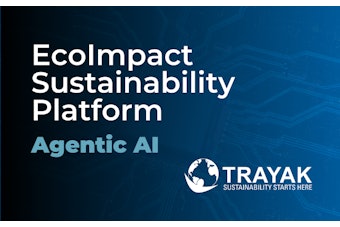• Wal-Mart CEO Lee Scott has told businessmen in London of his Sustainability 360 campaign, which includes a target 5% reduction in packaging
• Tesco CEO Sir Terry Leahy has announced his $500 million plan to make Tesco carbon neutral and to introduce carbon labeling on every product sold in his stores
• Stuart Rose, CEO of Marks & Spencer’s, has announced his $400 million “eco plan” to “become carbon neutral, send no waste to landfill, extend sustainable sourcing, set new standards in ethical trading, and help customers and employees live a healthier lifestyle.”
None of these powerful businessmen is mouthing platitudes. They really mean it this time, and they are devoting significant resources to achieve their aims within a time horizon that looks pretty close. In addition, they expect their suppliers to come on board wholeheartedly and effectively.
What does all this mean for consumer packaged goods companies and their packaging suppliers? Take, for example, the Tesco objective of carbon labeling all products sold at their stores. Tesco tells Pack Talk that it’s likely they’ll include packaging in the carbon footprint calculation because otherwise it would not help customers understand the full picture. However, Tesco has yet to develop the methodology for this labelling, which will not be an easy task.
We also spoke with Sainsbury, one of Tesco’s main rivals, about this topic, and they remarked that not only does there have to be a credible way to measure carbon impact consistently, there needs to be a meaningful format that can communicate the information to the consumer. While it is clear that carbon foot-printing is something that the retailers’ suppliers will have to come to grips with, the retailers themselves will continue to pursue separate projects that tackle packaging sustainability, because this requires an understanding of issues specific to the packaging industry. A little bird has whispered to us that Tesco’s Leahy has had a few sleepless nights wondering just how he will be able to deliver on the carbon labeling project! But make no mistake, Tesco will manage it.
It would be an unwise consumer packaged goods company that did not take these issues extremely seriously. Discussions we’ve had with Cadbury Schweppes and Nestle make it clear that they are working closely with the major retailers to agree on targets to achieve sustainable packaging objectives. They also have their own particular aims relating to the packaging that they utilise. Todd Stitzer, CEO of Cadbury Schweppes, has declared that 100% of Cadbury’s packaging will be recoverable or biodegradable by 2010. This is a topic fraught with complex issues, and caution must be exercised in making decisions about categories of packaging materials to use or not use. Sometimes there may be a temptation to chase headlines and ignore the fundamental science relating to particular materials, because decisions taken one day to meet one set of criteria may turn out to be fatally flawed should other environmental or economic issues come to the fore later.
Choice of packaging materials is made no easier these days as the producers of competing products consistently strive to prove that their product is more sustainable, more green. In Europe the Folding Carton Industry has devoted $30 million to a project called SustainPack that seeks to promote cartonboard and to develop new grades of this material to fulfill the function for competing materials. TetraPak has a major programme to educate and to increase the effectiveness of recycling its used containers. The glass industry is equally vociferous in proclaiming its green credentials. The bottom line is that there will probably be an acceptable role for most of the packaging materials used today for the foreseeable future. In addition, we should never forget that the product still needs to appeal to the consumer, and not all consumers will be swept along on the green wave.
In our view, it will be extremely challenging to develop a system for determining carbon footprints for converted packaging materials on a cradle-to-gave basis that is at once acceptable to all players in the industry and understandable to consumers. And until such a system is available, comparisons of competing materials will be a tricky business indeed.
Barry Goldberg is president of TAPPA Group International, an international marketing consulting firm. David Johnson is managing director of Strategic Development and Effective Business Support, a UK marketing consultancy that is TAPPA’s European affiliate. TAPPA can be reached at [email protected].

